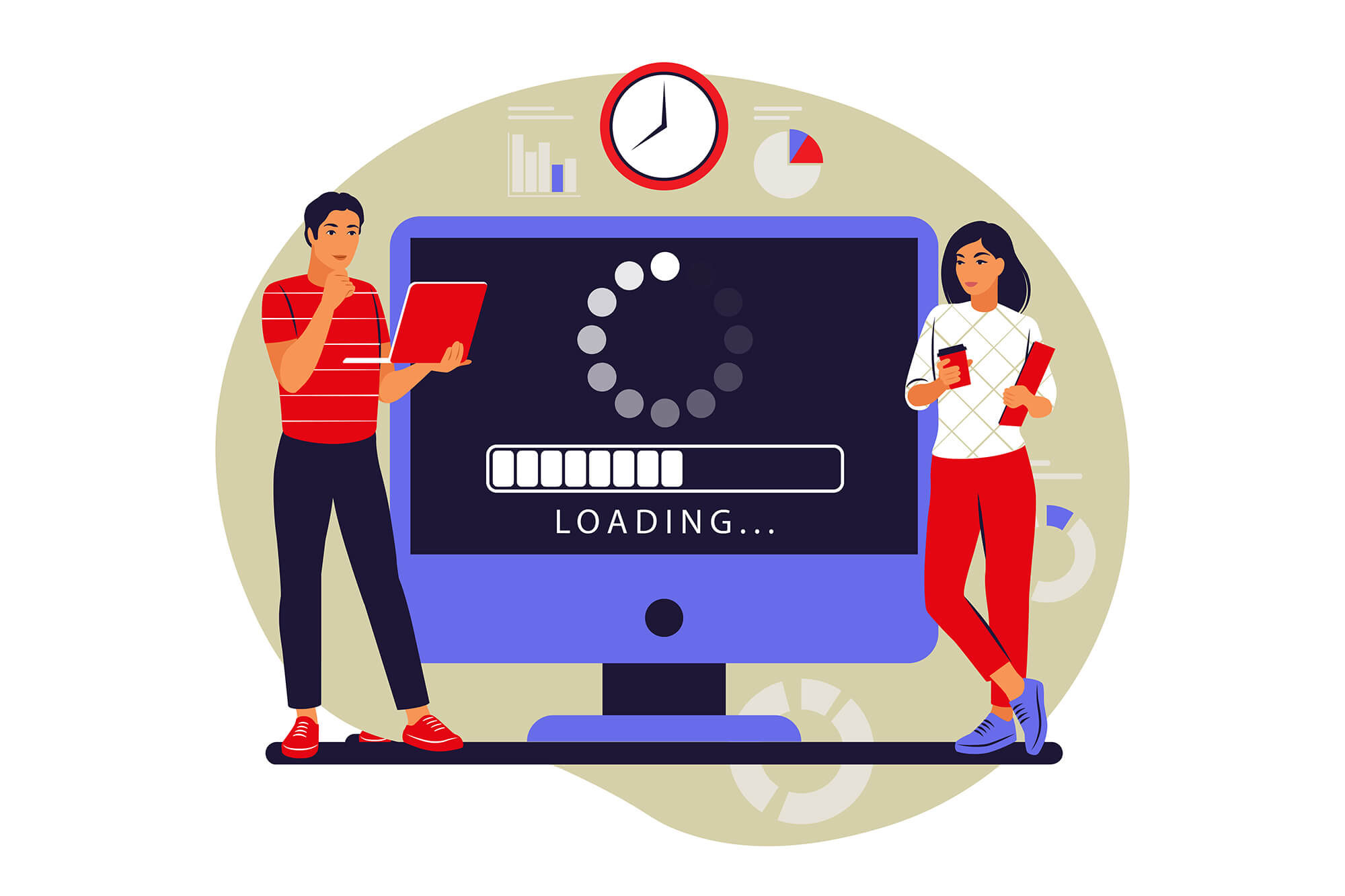
A Brief Background
HTML (HyperText Markup Language) and CSS (Cascading Style Sheets) have always been the backbone of web development. These foundational technologies enable developers to create the structure and layout of web pages, making them interactive and visually appealing. While the earlier versions—HTML 4.01 and CSS2—were sufficient for the past, they have grown somewhat antiquated for the demanding applications of today’s web.
The Rise of Modern Web Requirements
The current digital landscape requires more than just basic layouts and static content. Modern websites need to be fast, responsive, accessible, and increasingly interactive to engage today’s tech-savvy audience. Users now expect advanced features like multimedia support, geolocation, offline capabilities, and animations, to name a few. These requirements have propelled the need for technologies that are up to the task.
HTML5 and CSS3: A Glimpse into the Future
HTML5 and CSS3 are not just mere updates; they are evolutionary leaps in the world of web design and development. Offering a plethora of new features, improved performance, and far-reaching browser support, they have become the default choice for developers aiming for robust, future-proof solutions. These technologies unlock the doors to creative possibilities that were either too cumbersome or downright impossible to achieve with their predecessors.
Purpose of this Article
This article aims to delve into the compelling reasons why HTML5 and CSS3 should be your go-to technologies for modern web design. From discussing their feature-rich architecture to highlighting the transformative impact they have on user experience, we will explore why these technologies are essential in crafting web solutions that not only meet but exceed modern standards.








